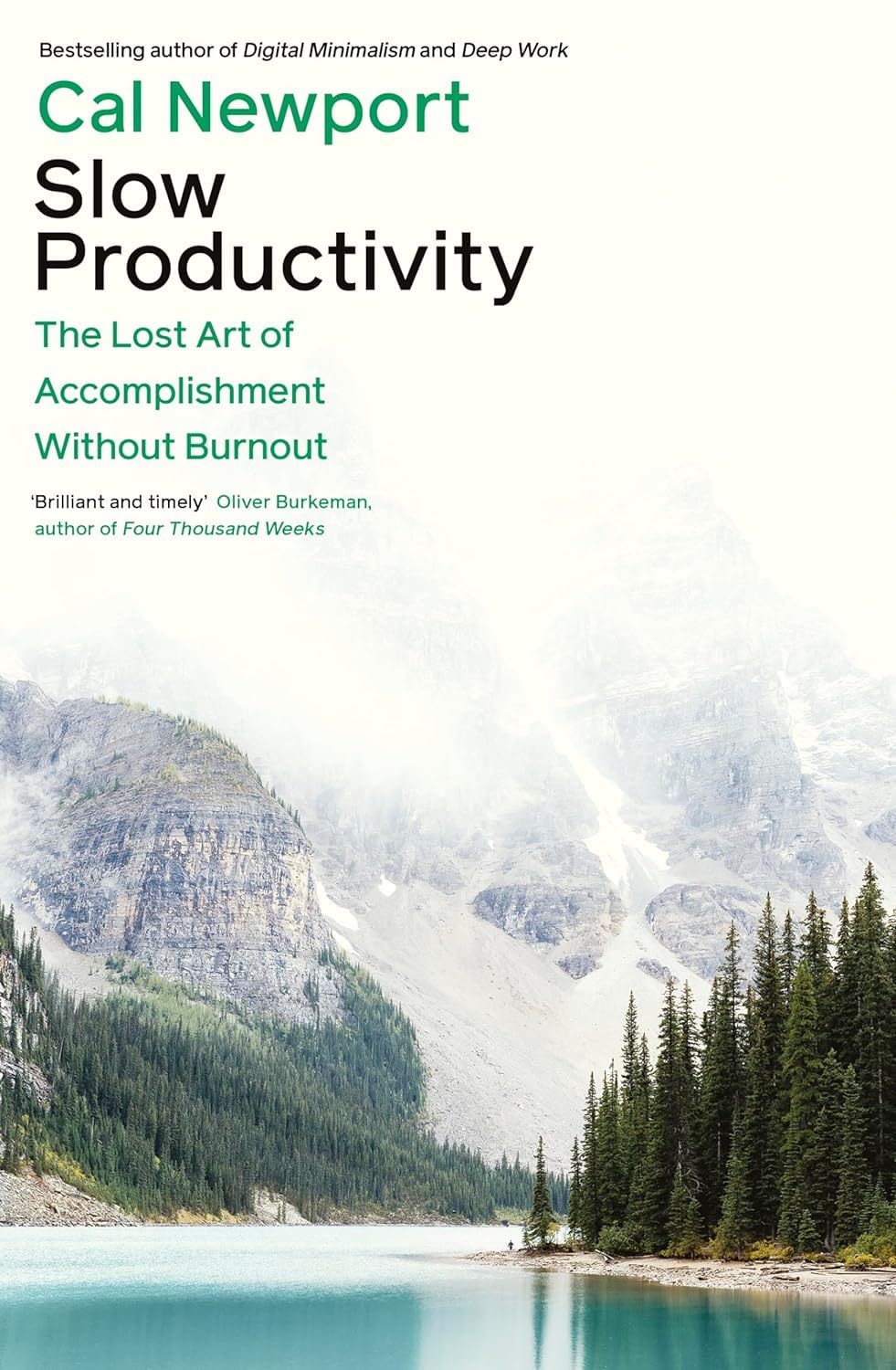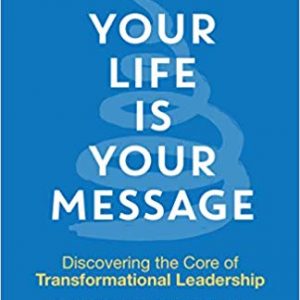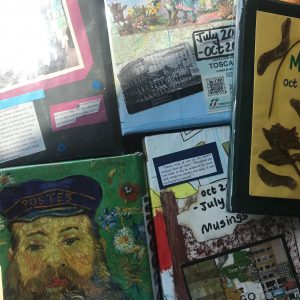Having read and enjoyed two of Newport’s other books, Deep Work, and Digital Minimalism , Slow Productivity, his latest also impacted me deeply. I read it knowing where it comes from, and eager to embrace the practical suggestions that the book promises to offer. While the premises present in the book are based on research and are well thought of arguments, it is also designed for use as a practically oriented self-help kind of book.
Slow Productivity is “a philosophy for organising knowledge-work efforts in a sustainable and meaningful manner”. Newport contrasts this with pseudo productivity, which is an all too familiar scene – the appearance of being busy, but not really getting any work done.
The book explains three guiding principles for the force on which slow productivity rests.
Firstly, do few things.
Second, work at a natural pace.
Third, obsess over quality.
Presented below are just some random points that appealed to me under each of these heads.

Principle 1: Do fewer things
The concept of an overhead tax on tasks really appealed to me. The overhead tax could be seen as mental effort plus the logistics involved in a particular task. More tasks increases the overhead tax that a person pays for doing the task. The lesson? Do fewer tasks!
Attention should not be “splintered into fragments that does not support original thinking”.
One needs to limit missions which refer to ongoing goals that directs your professional life. Three missions would be good enough.
One also needs to limit projects. A project is a work related initiative that you cannot complete in a single session. Have control over your schedule to make the workload reasonable when it comes to projects.
One needs to limit daily goals. There is a calibrated effort to working on just one major initiative a day.
Small stuff can intrude on bigger pursuits. Hence, it is important to contain the small things. One needs to free oneself from the constraints of the small so that you can invest more meaningfully in the big. One way to do this is auto pilot regular categories of tasks. One can schedule these tasks by leveraging rituals and locations.
Collaboration overhead is another interesting principle outlined in the book. A lot of perceived business comes from talking about tasks instead of actually doing them. Hence, when you separate the work from the conversations that surround the work, you are left with a task that might not be as intimidating.
Strategies that require other people to do more work, can prove effective for containing tasks.
It is possible to reclaim a substantial amount of time by paying for software, services, or people who can do specific tasks.
Principle 2: Work at a natural pace
Urgency can be self-defeating and frantic. Instead of rushing your most important work, it makes sense to allow it to unfold along a sustainable timeline.
Schedule slow seasons and embrace seasonality in your work.
Look for rituals and strategies that effectively transform your perception of time, pushing your experience away from anxiety towards the most sublime natural.
Principle 3: Obsess over quality
Just like hardwood grows slowly, true quality may not always come quickly. Obsess over the quality of what you produce, even if it means missing opportunities in the short term. Leverage the value of these results to gain more more freedom in your efforts over the long term.
Deciding what not to do is as important as deciding what to do.
What is the core skill of your work? This is the quality aspect.
Develop your taste. Understand what ‘brilliant’ can be.
Immerse yourself in appreciation of fields different from your own, with a playful openness.
Form a group of like-minded professionals, all looking to improve what they are doing, combine opinions of multiple practitioners of your craft.
I think that every reader will have their individual takeaways from this book. For me, the tips provided under the head of doing few things, immediately struck a cord. By limiting missions, projects, and goals, and by containing the crazy tasks that we are burdened with, we can actually reach worthy goals.
Reading the book slowly and mindfully will help you identify the tools and thoughts which will be directly relevant in your context. One of the key lessons I have elicited in Slow Productivity is “go slow if you want to reach fast”!




